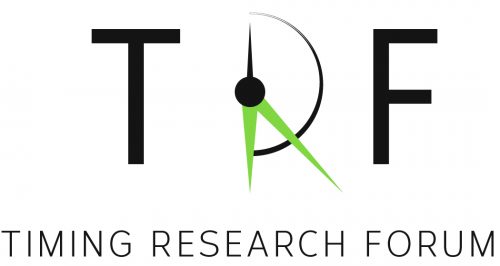How our brain encodes time is still a mystery. It is possible, that temporal information might be encoded in hippocampal time cells, or activity in the midbrain dopamine neurons or neural circuitry of basal ganglia or some other neural dynamics. Investigating these temporal encoders usually requires non-human invasive or in vitro experimental approaches. However, a recent study published in Scientific Reports by Fernanda Dantas Bueno, Vanessa C. Morita, RaphaelY. de Camargo, Marcelo B. Reyes, Marcelo S. Caetano & André M. Cravo showed that temporal information can also be extracted from the non-invasive human-EEG derived brain states.
They used a unique and interesting temporal generalization task. Participants saw a target circle at the extreme left–center of the screen. Beginning of each trial produced a beep (say B1, 1000Hz, 100ms) and simultaneously the target circle started moving in the horizontal direction from left to right side of the screen, at the speed of 90/sec. At the center of the screen, there was an aiming sight (white circle). The moving target circle took exactly 1.5sec to reach at the center of the aiming sight. Participants were instructed to press a key when the target circle aligns with the aiming sight, this produced another beep (say B2, 500hz, 100ms) and a green disc as an indication of the key pressed by the participants. These types of trials were called as regular trials, and they essentially helped in learning the standard 1.5sec interval between the two beeps (B1 and B2). Intermixed with the regular trials there were test trials, which differed from regular trials in two aspects. First, the trajectory of the target was occluded via a rectangular box, so participants only heard the B1 beep and did not see the moving target circle. Second, participants did not pressed the key to produce B2 beep, instead the B2 beep was produced automatically after varying intervals (0.8, 0.98, 1.22, 1.5, 1.85, 2.27 or 2.8 sec) from B1. Participants reported whether the interval between B1 and B2 took less time, equal time or more time than the standard 1.5sec learnt during regular trials. Overall each participants performed 350 regular trials and 350 test trials. While participants performed this task, their brain activity was recorded using 64-channel scalp EEG.
For behavioral analysis, they fitted the psychometric function (cumulative normal) to the p(short) and p(long) responses, and calculated the point of subjective equality (PSE), just noticeable difference (JND) and weber ratio (WR) for proportion of short and long responses, separately. They found that the sensitivity was better i.e. JND was small, for short responses compared to long responses, but when the sensitivity was normalized with the actual interval then there was no difference between the short and long response conditions. Thus, they demonstrated the scalar property of time perception.
In electrophysiological analysis, they showed the classical CNV (contingent negative variation) which peaked at the standard duration (1.5sec). To investigate whether time-resolved EEG signals carry temporal information, they cleverly used the multivariate pattern analysis (MVPA) and multidimensional scaling (MDS) approach. According to the state-dependent timing models, the temporal information is encoded in different brain states, if this is true, then distinct spatiotemporal patterns of activity might produce different patterns of activation across the EEG sensors. To measure the pattern of activation across EEG sensors, they performed the following analysis. Using Mahalanobis distance, they performed MVPA on data for six intervals (0.8, 0.98, 1.22, 1.5, 1.85, 2.27 seconds) and used MDS to represent them in a two dimensional plot. From these analysis they showed that EEG-derived spatio-temporal dynamic pattern, predicts the response of the participants for the uncertain intervals (short – 1.22sec, long- 1.85sec). Moreover, they also showed that the rate of change in state space as a function of time was higher for the shortest interval, than for the last interval, once again demonstrating the scalar property of time for brain states.
In conclusion, this a very good study, demonstrating and encouraging the use of MVPA and MDS to human EEG derived brain states, and its implication in understanding temporal encoding.
—Mukesh Makwana (mukesh@cbcs.ac.in),
Doctoral student,
Centre of Behavioural and Cognitive Sciences (CBCS), India.




